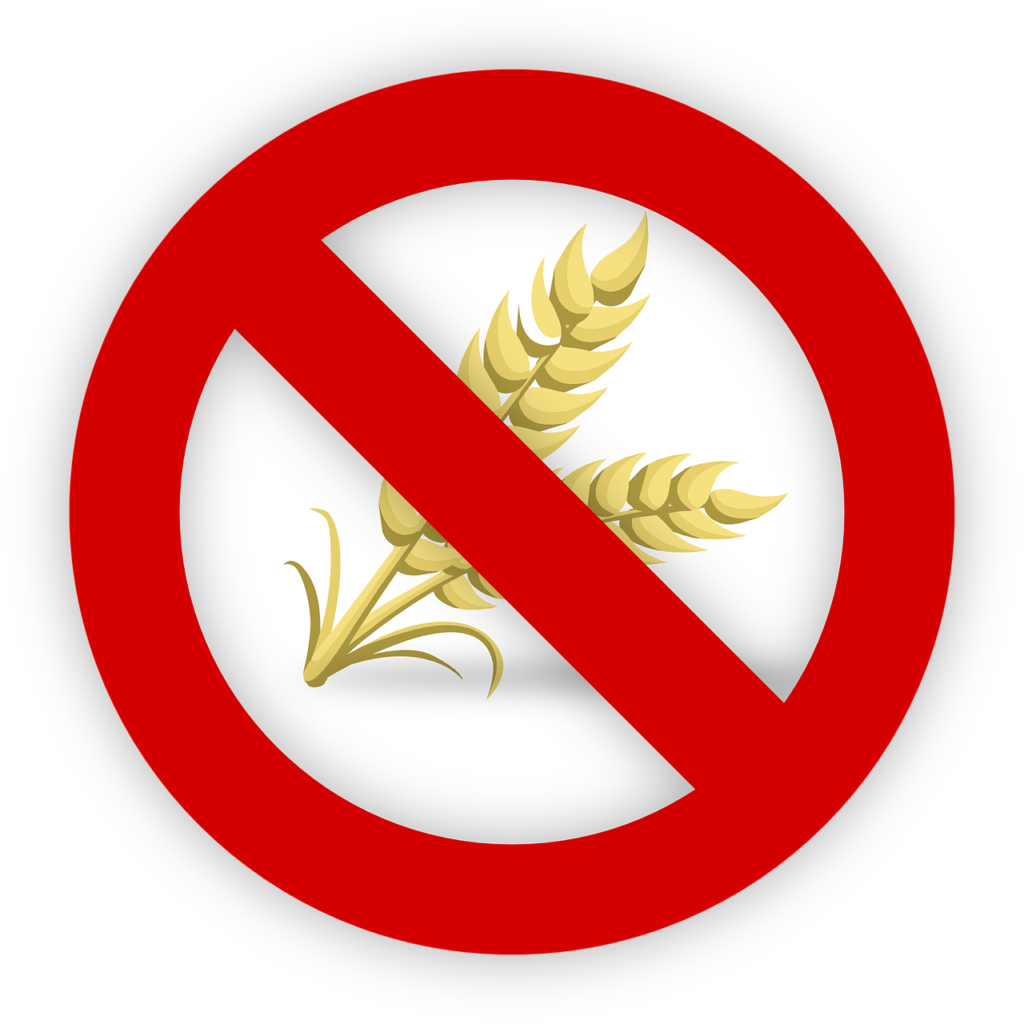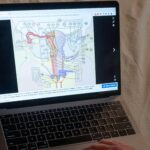Introduction
Allergies in children are a common concern and can affect their daily lives and health. An allergy happens when a child’s immune system overreacts to something usually harmless, like certain foods or dust. Knowing the signs and how to manage allergies can make a big difference. This blog will help you understand what allergies are, their symptoms, how to diagnose them, and tips for managing them.
Table of Contents
1. What Are Allergies?
Allergies occur when a child’s immune system reacts too strongly to certain substances, known as allergens. These can include:
– Food Allergens: Milk, eggs, peanuts, tree nuts, soy, wheat, fish, and shellfish.
– Environmental Allergens: Pollen, dust mites, mold, and pet dander.
– Insect Stings: Bee stings and other insect bites.
– Drug Allergens: Some medications.



2. Common Symptoms of Allergies
Allergy symptoms can vary by type of allergies and also depend on reaction of children but often include:
– Respiratory Symptoms: Sneezing, runny or blocked nose, coughing, and wheezing.
– Skin Symptoms: Hives (red, itchy bumps), eczema (dry, itchy skin), and redness.
– Digestive Symptoms: Nausea, vomiting, tummy pain, and diarrhea.
– Severe Reaction (Anaphylaxis): Difficulty breathing, swelling of the throat, and dizziness. This is a medical emergency.


3. How to Diagnose Allergies
To find out if your child has allergies:
– Medical History: Talk to your doctor about your child’s symptoms and family history.
– Physical Exam: Your doctor will check for signs of an allergic reaction.
– Allergy Testing: Tests like skin prick tests or blood tests can help identify specific allergens.

4. Managing Allergies in Children
Managing allergies involves:
– Avoiding Triggers: Keep away from known allergens, such as certain foods or pets.
– Medications: Use antihistamines, nasal sprays, or other medicines as advised by your doctor. For severe reactions, an epinephrine auto-injector may be needed.
– Allergy Shots: In some cases, these can help reduce sensitivity to allergens.
Lifestyle Tips: Make changes at home like using air purifiers and keeping the house clean to help manage environmental allergies.



5. Preventing Allergies
You can take steps to lower the risk of allergies and prevent them:
– Introduce Allergenic Foods Early: Give common allergenic foods like peanuts or eggs to your child early in their diet.
– Breastfeed: Breastfeeding for the first six months can help strengthen your child’s immune system.
– Reduce Allergen Exposure: Keep your home free from dust and mold, and manage pollen exposure during allergy season.


6. Tips for Parents
To help manage your child’s allergies:
– Educate Yourself and Your Child: Learn about their allergies and how to handle them.
– Have an Emergency Plan: Know how to use an epinephrine auto-injector if prescribed and keep emergency contacts handy.
– Communicate with Others: Inform teachers, caregivers, and friends about your child’s allergies and any necessary precautions.
Support Groups: Consider joining a support group for additional advice and support.
Conclusion
In conclusion, understanding allergies in children is crucial for ensuring their well-being and quality of life. By recognizing the causes, symptoms, and management strategies, you can take proactive steps to protect your child from allergic reactions. Early diagnosis, avoiding triggers, and using medications or treatments like allergy shots can make a big difference in managing symptoms. Educating yourself, your child, and caregivers about allergy care is essential, as is having an emergency plan in place for severe reactions.
With the right knowledge and support, you can help your child live comfortably and confidently, even with allergies. If you need any help or expert advice, don’t hesitate to contact our health-care professionals at Health Authentica for guidance and support.










